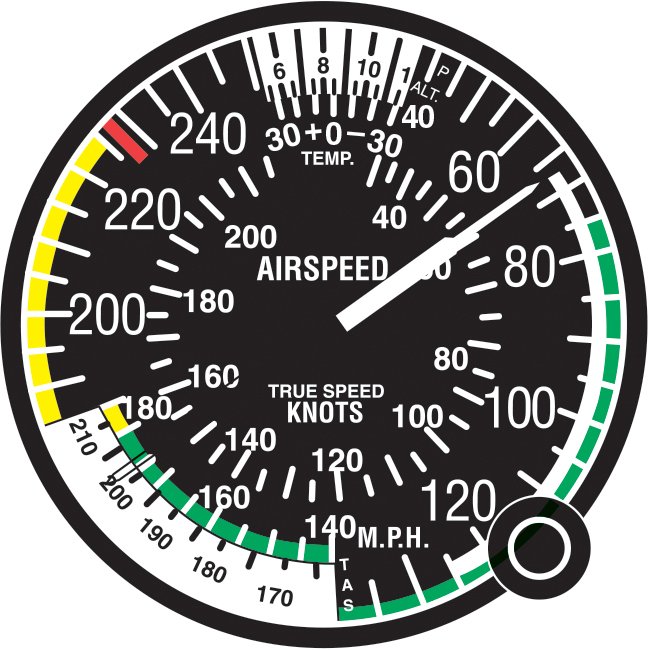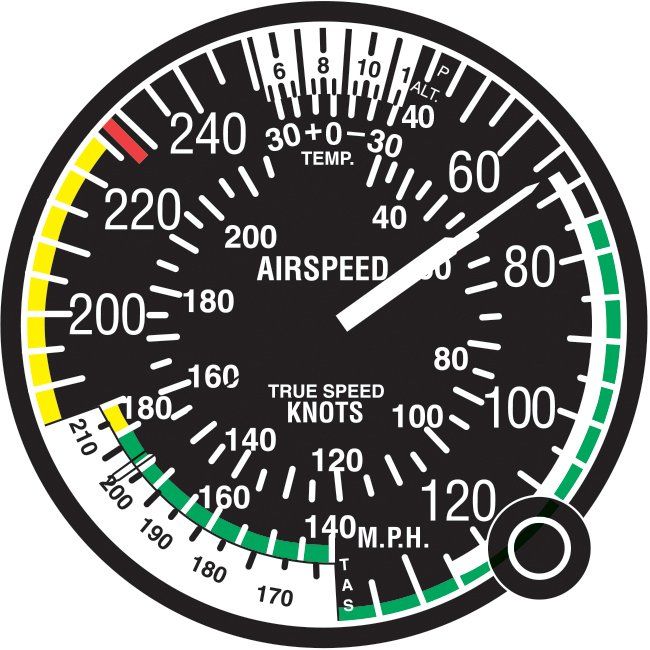I was still a student pilot, past my first solo, but working on building cross-country time. The day’s plan was a solo round-trip flight to a towered airport about 100 miles from home base. My chosen platform was a well-worn but mostly reliable Cessna 150.
While retrieving the airplane’s paperwork and keys, I was told its airspeed indicator (ASI) was acting up. It was reading low, according to the FBO, and the airplane was due for some shop time later that day. The shop hadn’t opened yet that morning, though, and I had plans later in the day, making a delay problematic. I asked if the airplane was grounded. “No,” was the response.
Being young, invincible and a better pilot in my mind than my double-digit number of flight hours suggested, I shrugged and grabbed my stuff, then walked out to the airplane. The preflight was normal, and I couldn’t find any reason for the airspeed indicator to be acting up. So, I strapped in, cranked up and taxied out. On the takeoff, I noticed the ASI did, indeed, indicate lower than what I was accustomed to in that airplane, but it flew fine. I left the traffic pattern and went on my way.

In level flight, the ASI definitely was indicating about 15-20 knots low, but groundspeed checks along the way showed my progress between landmarks was in line with my preflight planning. The day’s destination was enjoying great weather with calm winds. The runway in use was plenty long enough for my 150, but I was leery of the ASI. So I flew the approach faster than normal until just above the runway, when I reduced power and held the airplane off the runway until it couldn’t fly any longer. I topped the tanks and got my logbook signed, then launched for home. The flight back was similar and I repeated my high-speed approach to a landing. As I was taxiing in, the Unicom operator asked that I just taxi to the maintenance shop, which I did.
A mechanic I knew met me as I shut down, shaking his head. “Are you stupid or something?” he asked. “Why did you fly this airplane with a bad airspeed indicator?” I didn’t have a good answer. He got to work and in a few minutes had the pitot system’s plumbing opened up. Another tech wrapped a rag around the disconnected fitting and shot some low-pressure shop air into it. As he did this, the first mechanic held his hand under the pitot tube. Barely enough water to notice came out.
“That’s it?” I asked. “Yeah. It doesn’t take much water to foul things up,” he explained. They buttoned up the airplane and I taxied it back to its parking spot.
Lessons? First, any airplane parked outside should have at least a pitot tube cover to protect it, and probably much more. Second, the FBO needed better-defined procedures for when its fleet needs maintenance. Most important, pilots shouldn’t presume they know better than the mechanics. It worked out this time, but the outcome could have been much different.




